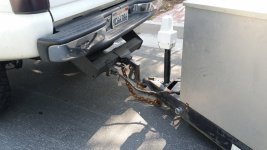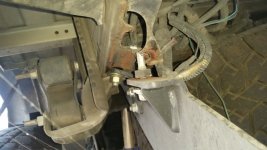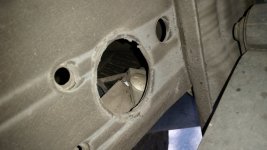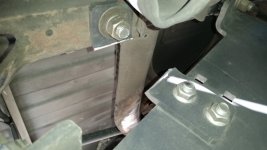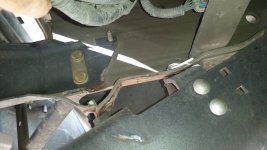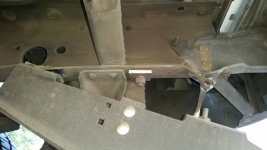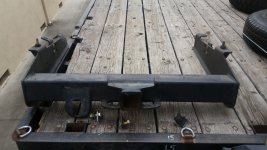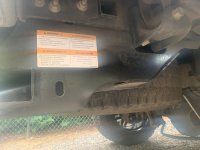Dockmaster
Well-known member
- May 5, 2021
- 1,113
- 983
Who’s towing heavy on a bumper pull and what drop hitch do you use? I need minimum 6” drop. I just ordered a Diamond C dump trailer and plan to use it to occasionally transport the excavator I recently bought. The trailer empty is around 6,000 lbs and the excavator is 12,250 lbs. Throw in the extra buckets and a few items and I’ll be close to 20k. The trailer has 10k axles and a 23k GVWR and I’m rated for 21k on my truck and hitch. So I’ll be close to max but not exceeding. I currently have a 3” Weigh Safe drop hitch that IS rated for 21k max and 2200 tongue. But I’m not sure I’m comfortable putting that much weight on an aluminum drop hitch regardless of the rating. The part that scares me are the two small round bars that slide into the holes for height adjustment. They just seem small diameter to me. Anyone towing heavy on a Weigh Safe? How about the Gen-Y torsion hitch? I will probably only tow this heavy once or twice a year for a couple hundred miles so I hate to spend the $1k on the Gen-Y but if necessary I’d rather be safe than sorry. Suggestions and real world relevant experiences appreciated.



